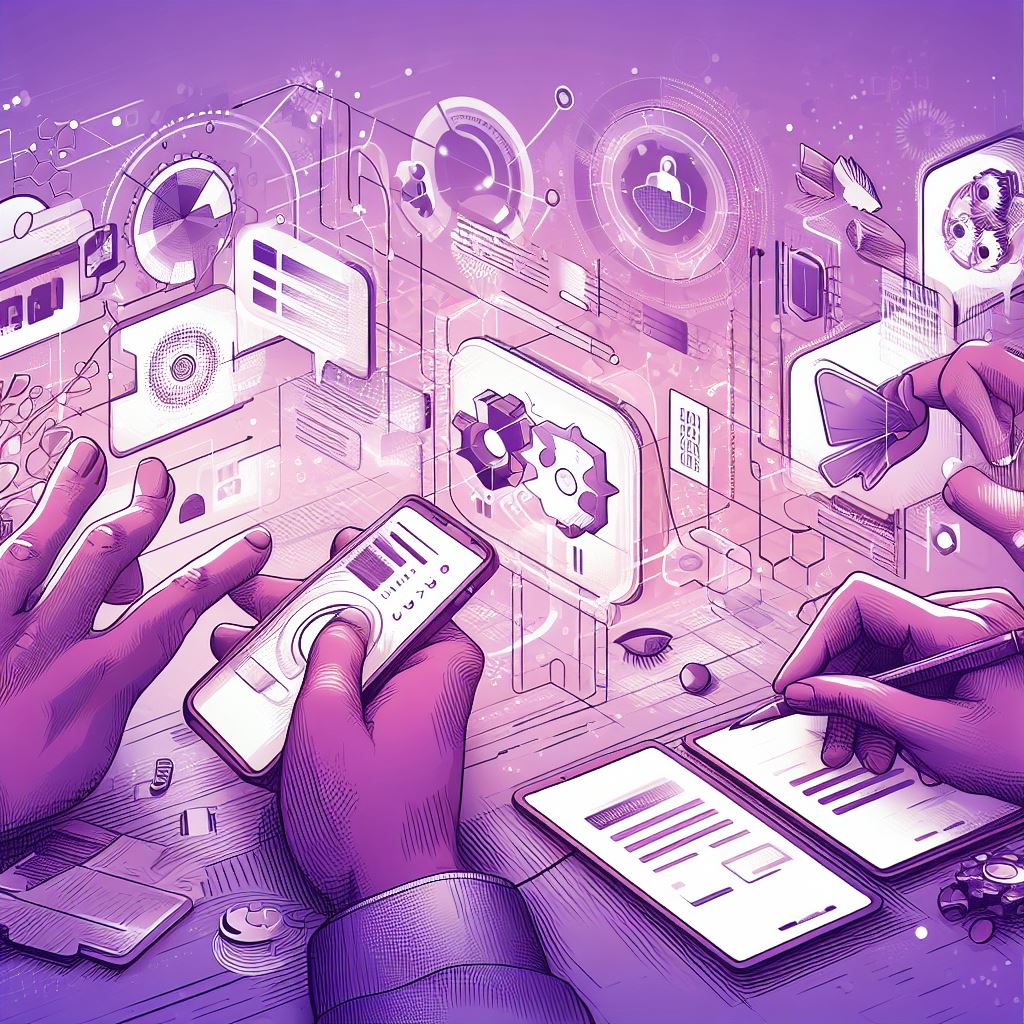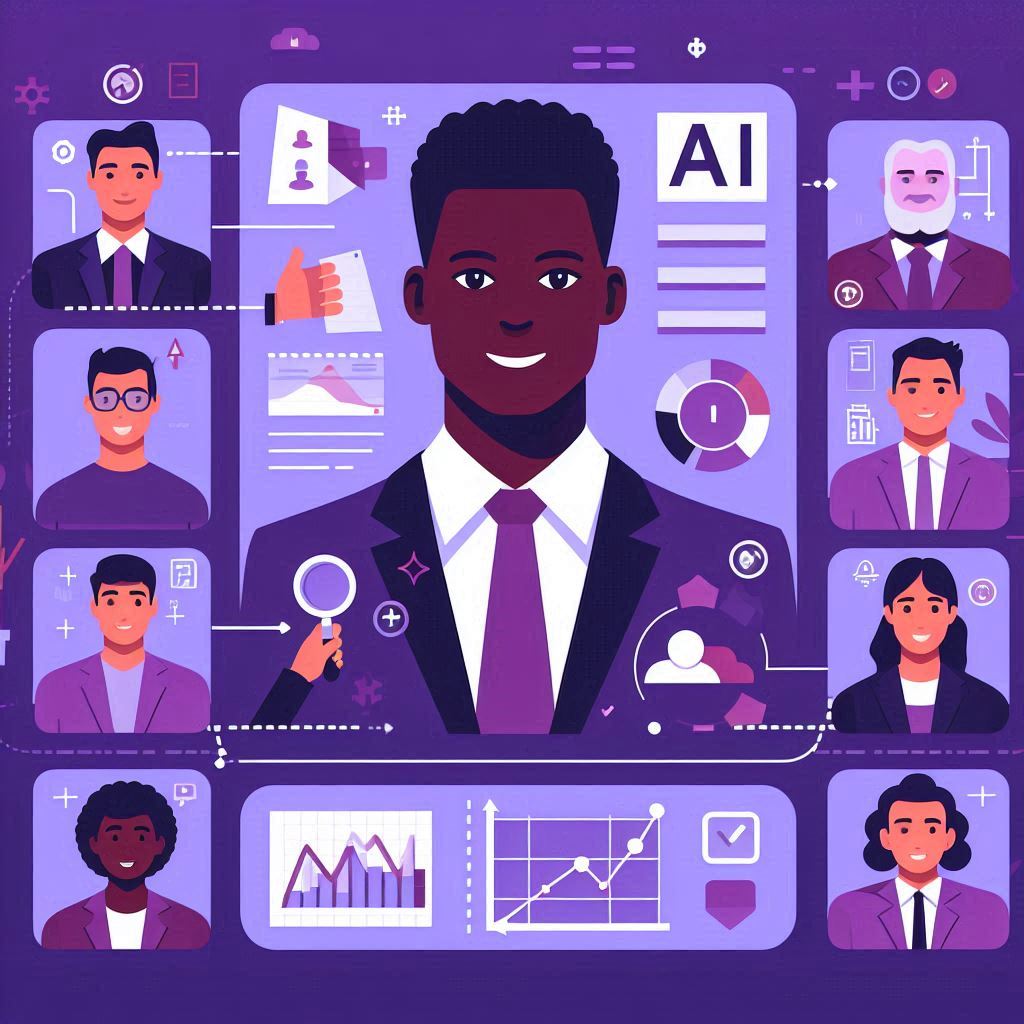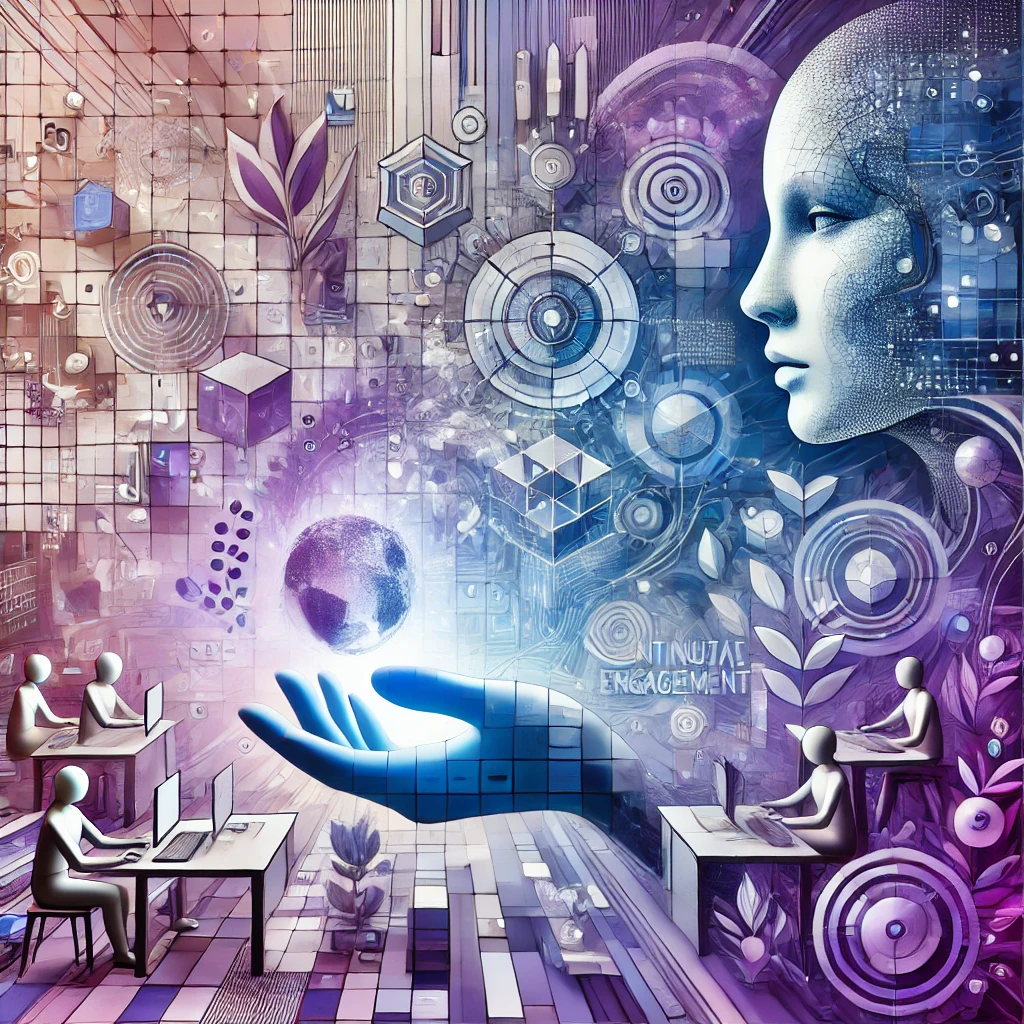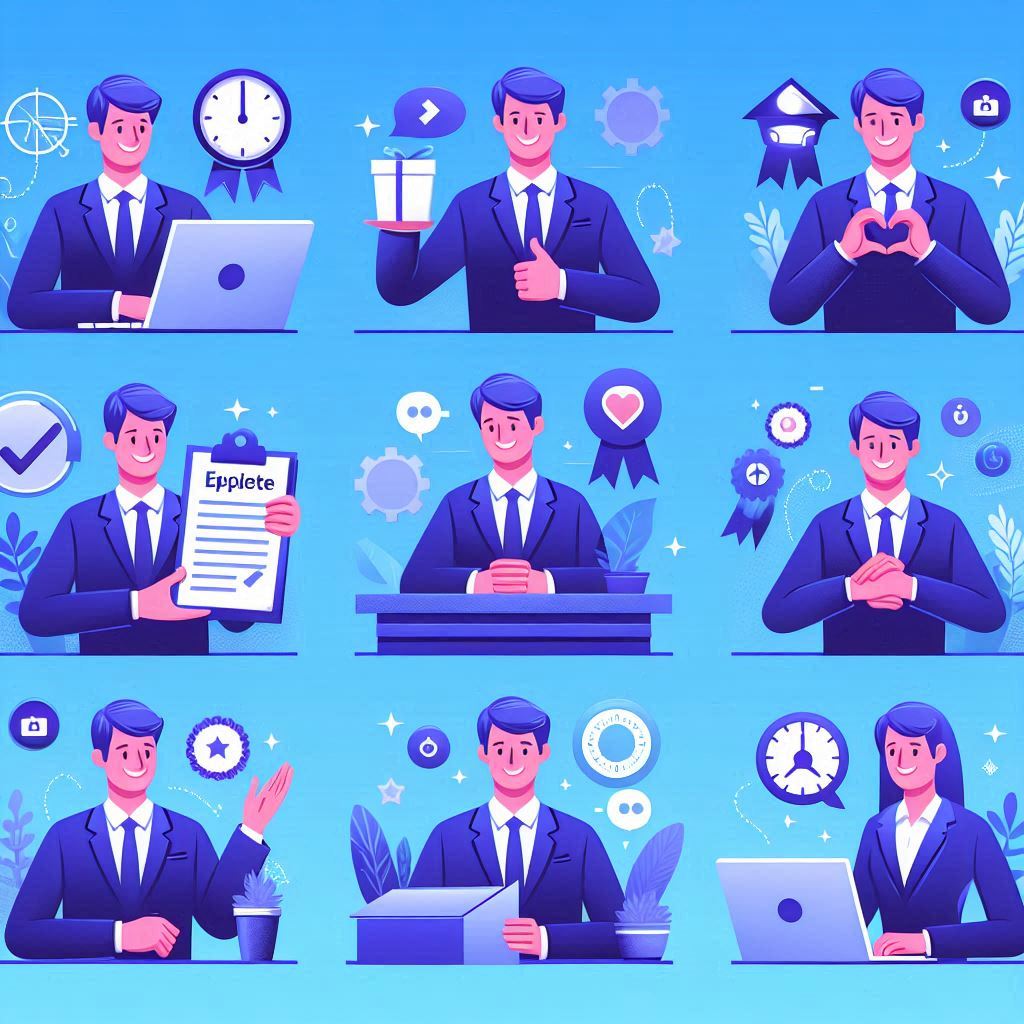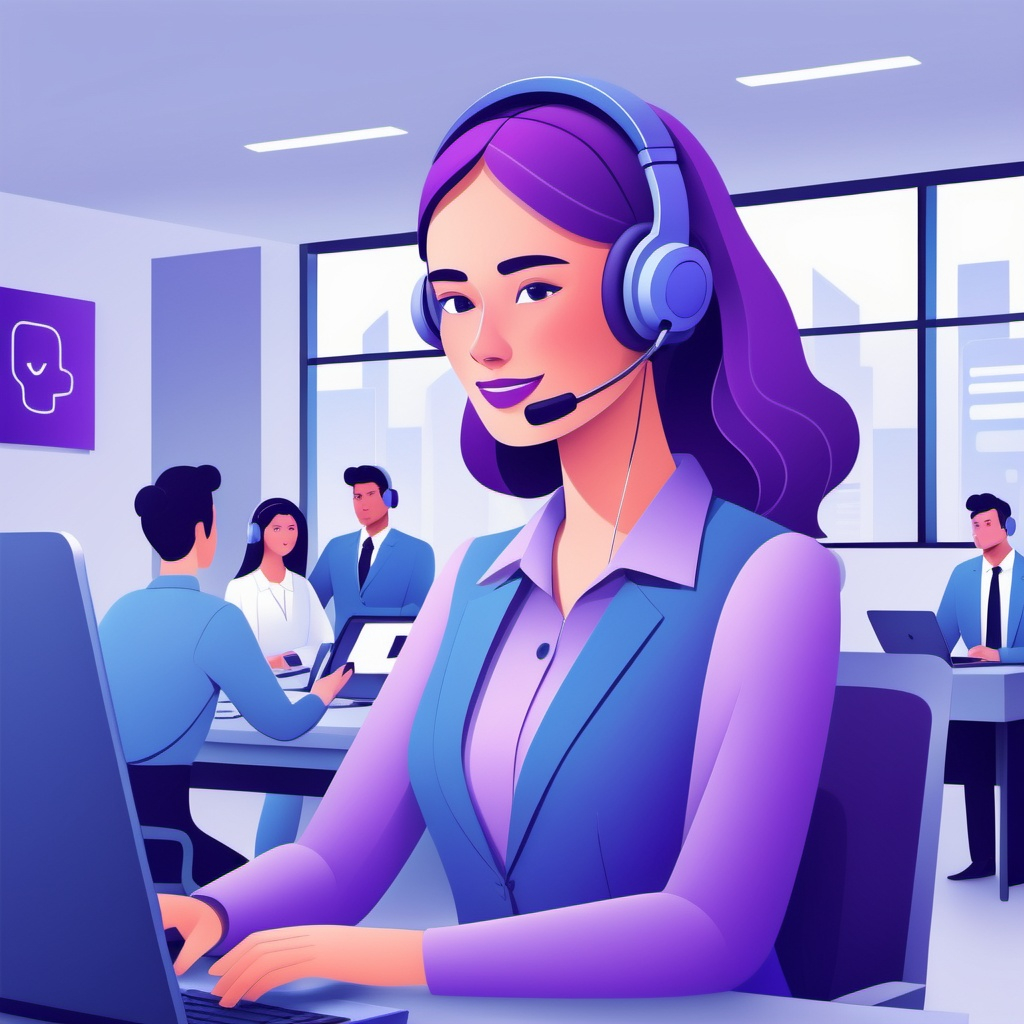Employee Onboarding Technology: Crafting Transformative Experiences for New Hires
In an era where the workplace is continually reshaped by technological advancements, the role of employee onboarding technology has become more pivotal than ever. Moving beyond the foundational aspects, it’s time to explore. Next-generation technology can elevate the onboarding experience, creating deeper connections and fostering a sense of belonging from day one. Let’s dive into innovative approaches and fresh insights that set the stage for a transformative onboarding journey.
1. Virtual Reality (VR) and Augmented Reality (AR) in Employee Onboarding Technology
Imagine immersing new hires in a virtual tour of the office or using augmented reality to introduce them to team members who are continents apart. VR and AR technologies can create engaging and interactive onboarding experiences, making remote employees feel as if they’re right there in the office. These technologies can also be used for virtual role-playing. That way helping new hires acclimate to their roles in a safe and controlled environment.
2. Gamification of the Onboarding Process
Gamification can transform mundane onboarding tasks into exciting challenges. By incorporating elements like points, badges, and leaderboards, organizations can motivate new hires to complete onboarding tasks. All that while fostering a sense of achievement. Gamified onboarding can also encourage healthy competition and collaboration among new employees.
3. AI-Powered Personalization
Artificial Intelligence (AI) can personalize the onboarding experience based on the new hire’s role, interests, and learning style. AI-driven platforms can suggest relevant resources, set personalized goals, and even match new hires with mentors or buddies based on compatibility. This level of personalization ensures that each employee’s onboarding journey is as unique as they are.
4. Mobile-First Onboarding Platforms
In today’s mobile-centric world, onboarding platforms need to be accessible and user-friendly on smartphones and tablets. Mobile-first onboarding allows new hires to complete tasks, access resources, and connect with colleagues on the go, providing flexibility and convenience.
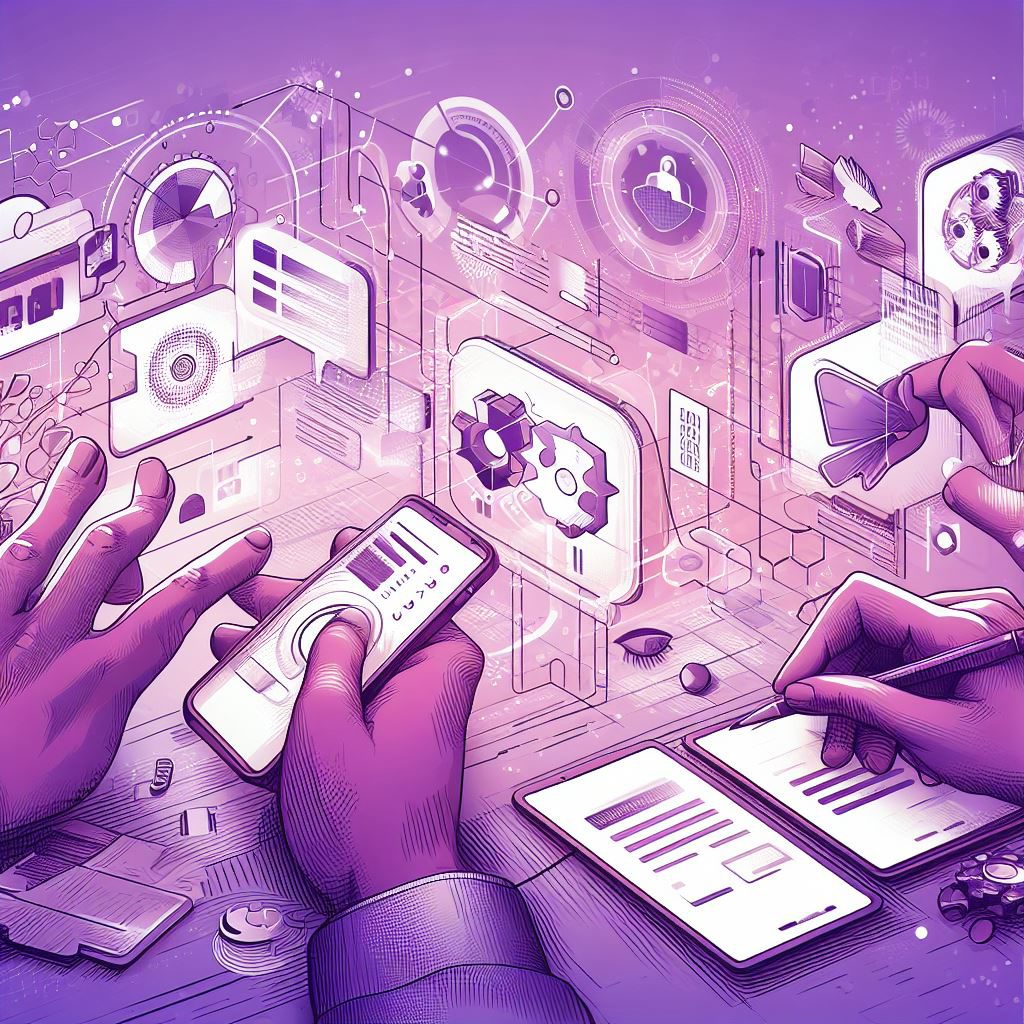
5. Employee Onboarding Technology Integration with Collaboration Tools
Seamless integration with existing collaboration tools and platforms is essential. Onboarding technology should work hand-in-hand with tools like Slack, Microsoft Teams, or Zoom, allowing new hires to easily communicate and collaborate with their teams from day one.
Gartner’s findings indicate that 71% of HR leaders place a higher emphasis on collaboration now than before the pandemic
6. Continuous Feedback and Analytics of Employee Onboarding Technology
Onboarding technology should facilitate continuous feedback, allowing HR teams to gather insights and make data-driven improvements. Analytics can track the progress of new hires, identify bottlenecks in the onboarding process, and measure the overall effectiveness of the onboarding program.
7. Focus on Well-Being and Mental Health
Employee onboarding technology should also address the well-being and mental health of new hires. Incorporating resources and tools that focus on stress management, work-life balance, and mental health can help new employees adjust to their roles while prioritizing their well-being.
In Conclusion
As we venture into the future of work, employee onboarding technology stands at the forefront of innovation and connection. By embracing next-gen technologies, personalization, and a focus on well-being, organizations can create onboarding experiences that are not only efficient and informative but also deeply engaging and supportive. It’s time to empower new hires with the tools and connections they need to thrive from the very start.
For those who are keen to explore further into the realm of innovative onboarding solutions, we highly recommend reading our previous article, “Future-Ready Foundations: Innovating Employee Onboarding Technology.” This piece delves into the key elements that can redefine employee onboarding for the future, offering valuable insights and strategies for those looking to stay ahead in the evolving corporate landscape.
